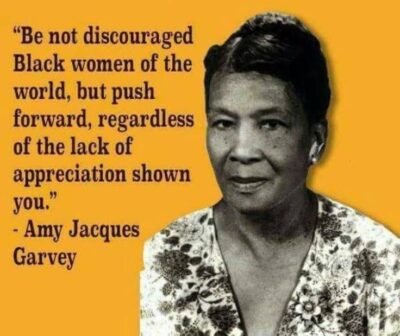Trust is a powerful gift—but we must share the message with one another that even seemingly safe hands can hide danger. We grow up learning to see wom
 Trust is a powerful gift—but we must share the message with one another that even seemingly safe hands can hide danger. We grow up learning to see women as safe.
Trust is a powerful gift—but we must share the message with one another that even seemingly safe hands can hide danger. We grow up learning to see women as safe.
And most of the time, that’s true. By a wide, wide mile, men are still the greatest danger to women and girls. There is no real comparison in the numbers, the violence, or the severity.
But in some cases, women play a different role—not as the ultimate predator, but as the lure. They build the bridge between a girl and the man who will harm her. They may pose as a friend, mentor, “cool aunt,” confidante, or caring stranger. They make the introduction, smooth the path, and remove suspicion—then hand the girl over to a male predator.
Monique Smith (“Not My Family”)
Monique Smith was stolen as a baby and abused as a child. After escaping that world, she was lured by a woman who seemed kind—but who ultimately prostituted her. Her story was recently dramatized in the Lifetime film Not My Family: The Monique Smith Story
Many a memoir has spoken of Hollywood’s “Fixers” – In the studio era, certain female assistants, casting directors, and “chaperones” arranged private meetings between young actresses and powerful producers under the guise of career advancement.
Female Facilitators in Abuse Rings – In trafficking cases worldwide, women have acted as trusted go-betweens, building rapport with girls before delivering them to male abusers through a woman’s lifelong hopes and dreams.
- modeling,
- acting,
- music,
- athleticism,
- at the office
- as a student
- as a runaway from an abusive home, like Monique.
Why This Matters
These individuals weren’t “equal opportunity predators.” They were gatekeepers for male abusers—managing access to victims rather than carrying out the worst of the crimes themselves. That dynamic makes their role uniquely dangerous.
Understanding this pattern empowers us to teach safety more effectively:
-
Yes—most women can be trusted.
-
And yet—most men statistically present far greater danger.
-
But we also must recognize that harm sometimes comes delivered by a seeming ally: a friendly face, a confidante, the “better Samaritan.”
Monique Smith’s story reminds us of that invisible shift—from hope to horror—when a warm smile hides betrayal. Not every predator stands on the front lines. Some guide you into the storm even as they stand there disguised as a refuge.